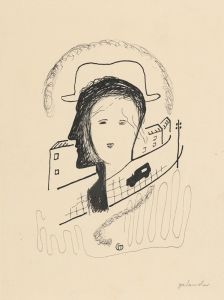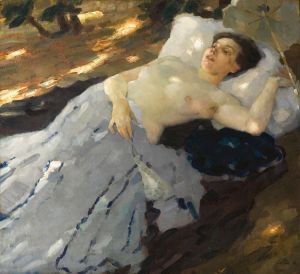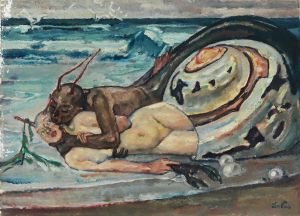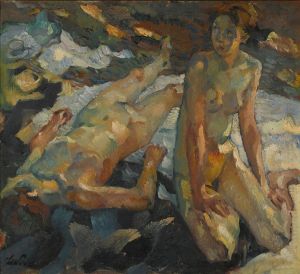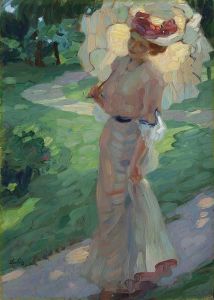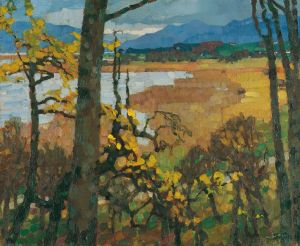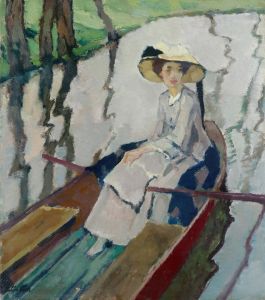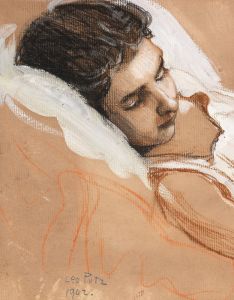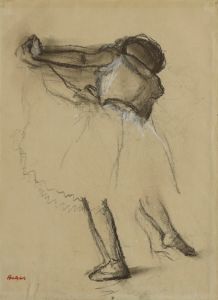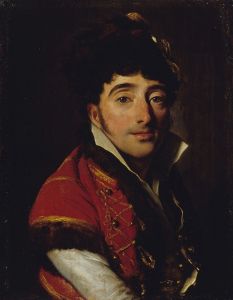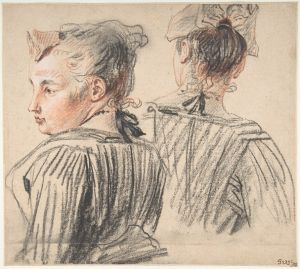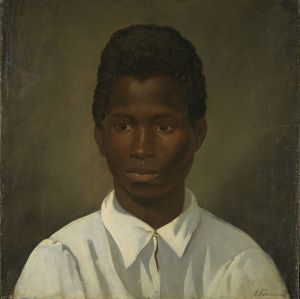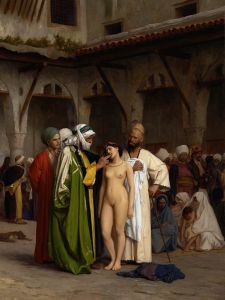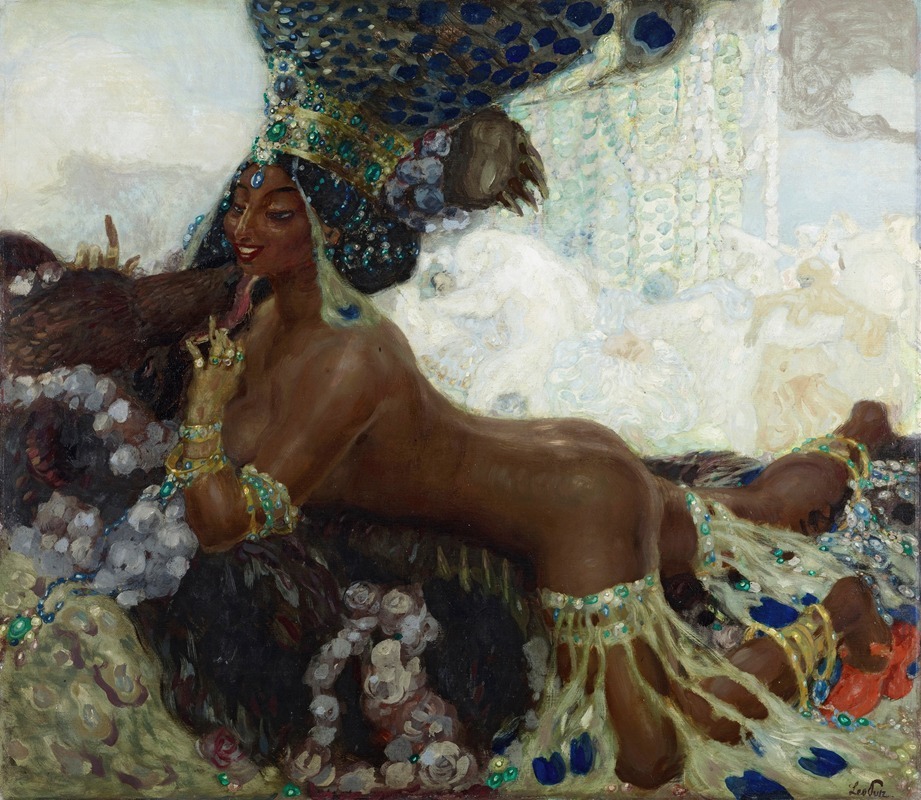
Bajadere
A hand-painted replica of Leo Putz’s masterpiece Bajadere, meticulously crafted by professional artists to capture the true essence of the original. Each piece is created with museum-quality canvas and rare mineral pigments, carefully painted by experienced artists with delicate brushstrokes and rich, layered colors to perfectly recreate the texture of the original artwork. Unlike machine-printed reproductions, this hand-painted version brings the painting to life, infused with the artist’s emotions and skill in every stroke. Whether for personal collection or home decoration, it instantly elevates the artistic atmosphere of any space.
Leo Putz was a prominent German painter associated with the Jugendstil movement, which is the German counterpart of Art Nouveau. Born in 1869 in Merano, which is now part of Italy, Putz became known for his vibrant use of color and his ability to capture the essence of his subjects with a unique blend of realism and impressionism. His works often depicted scenes of leisure, nature, and the human form, reflecting the cultural and artistic shifts of the late 19th and early 20th centuries.
One of Putz's notable works is "Bajadere," a painting that exemplifies his skill in portraying the human figure with elegance and dynamism. The term "Bajadere" refers to a temple dancer, often associated with the exotic and the mystical, which was a popular theme in European art during this period. This fascination with the exotic was part of a broader trend in Western art, where artists drew inspiration from non-European cultures, often romanticizing and idealizing them.
In "Bajadere," Putz captures the grace and fluidity of the dancer, employing a palette that highlights the movement and vitality of the subject. The painting is characterized by its soft brushwork and the harmonious blending of colors, which are hallmarks of Putz's style. His use of light and shadow adds depth to the composition, creating a sense of three-dimensionality that brings the figure to life.
Putz's work during this period was influenced by his education and experiences across Europe. He studied at the Academy of Fine Arts in Munich, which was a hub for avant-garde artists at the time. His exposure to various artistic styles and movements, including Impressionism and Symbolism, informed his approach to painting. Putz was also a member of the Munich Secession, a group of artists who broke away from traditional academic art to explore new forms and ideas.
"Bajadere" reflects Putz's interest in capturing the beauty and complexity of the human form, a theme that recurs throughout his oeuvre. His ability to convey emotion and movement through his brushwork is evident in this piece, making it a significant example of his artistic legacy. The painting not only showcases Putz's technical skill but also his ability to engage with contemporary cultural themes, such as the fascination with the exotic and the exploration of new artistic expressions.
Throughout his career, Leo Putz continued to evolve as an artist, experimenting with different techniques and subjects. His contributions to the art world were recognized during his lifetime, and his works remain appreciated for their aesthetic qualities and historical significance. Putz passed away in 1940, but his legacy endures through his paintings, which continue to be studied and admired by art enthusiasts and scholars alike.
"Bajadere" stands as a testament to Putz's mastery of form and color, as well as his ability to capture the spirit of his time. The painting remains an important part of his body of work, reflecting both his personal artistic journey and the broader cultural currents of the early 20th century.





